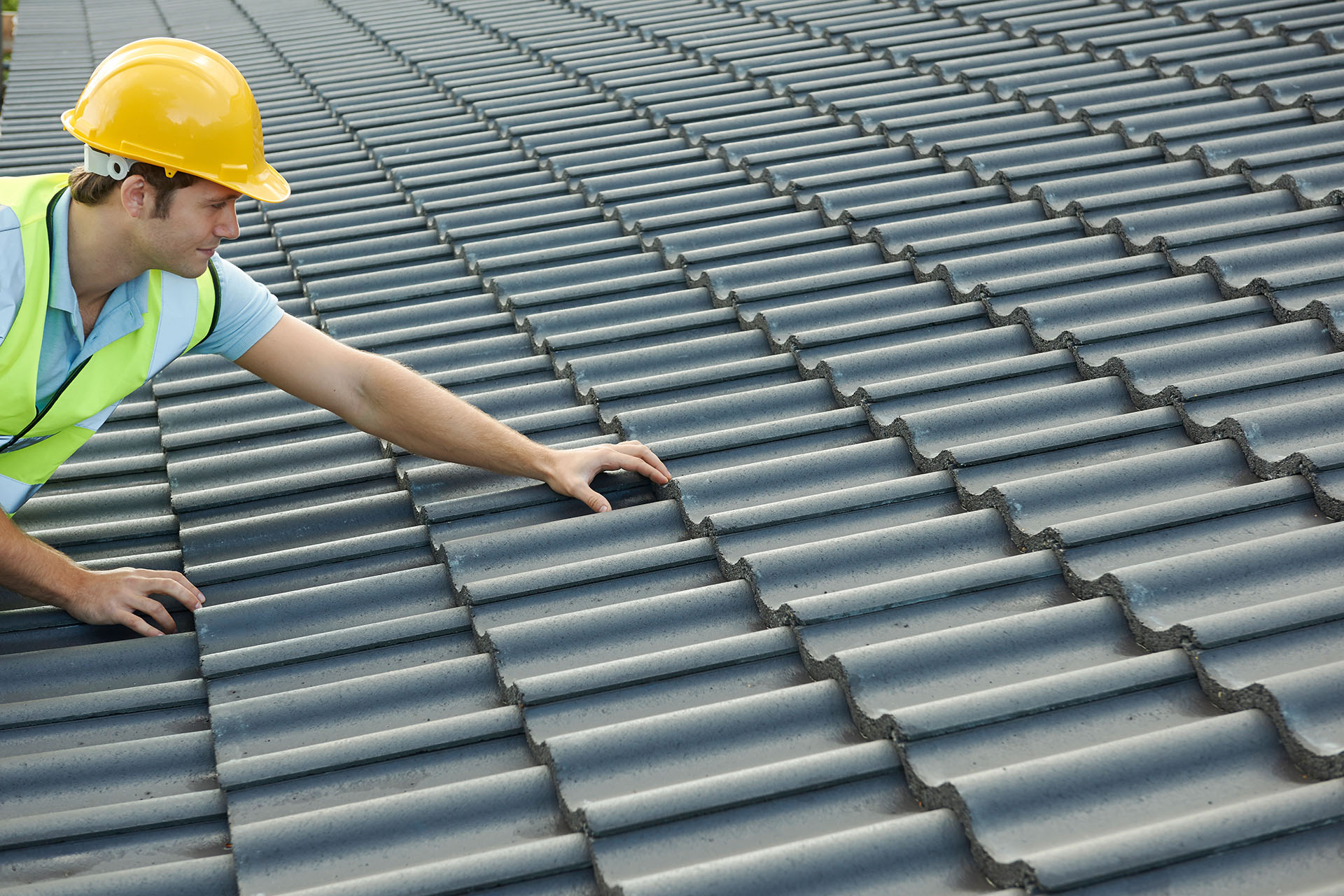1. Understanding Cladding: A Fusion of Form and Function
Cladding is more than just a protective layer; it’s a design element that adds character to buildings while offering essential benefits. Essentially, cladding refers to the application of one material over another to provide a skin or layer intended to control the infiltration of weather elements or for aesthetic purposes. It serves as the external envelope of a building, influencing its appearance, durability, and energy efficiency. Whether it’s sleek metal panels, natural stone veneers, or traditional brickwork, cladding choices significantly impact a structure’s visual appeal and performance.
2. Versatility in Design: From Modern Elegance to Timeless Charm
One of the most compelling aspects of cladding is its versatility in design. Architects and designers have a vast array of materials and styles at their disposal, allowing them to achieve various aesthetic goals. For contemporary structures, sleek and reflective materials like glass, metal, or composite panels offer a modern, minimalist look. Conversely, traditional buildings often feature cladding made from brick, wood, or natural stone, exuding warmth and timeless charm. The ability to tailor cladding choices to suit specific architectural styles and preferences underscores its importance in the built environment.
3. Enhancing Performance: Durability, Insulation, and Environmental Sustainability
Beyond aesthetics, cladding plays a crucial role in enhancing a building’s performance and sustainability. High-quality cladding materials offer durability, protecting the underlying structure from moisture, UV radiation, and other environmental factors. Moreover, cladding systems can improve thermal insulation, reducing energy consumption and operational costs over the building’s lifespan. Additionally, advancements in sustainable building practices have led to the development of eco-friendly cladding options, such as recycled materials or those with high recyclability, further promoting environmental stewardship in construction projects.
4. Ensuring Safety: Fire Resistance and Compliance with Building Regulations
In light of recent safety concerns, particularly regarding fire hazards, the importance of choosing fire-resistant cladding cannot be overstated. Cladding materials must comply with stringent building codes and regulations to ensure the safety of occupants and neighboring properties. The tragic events of past incidents have prompted authorities to enforce stricter standards for cladding materials, especially in high-rise buildings. As such, architects and developers must prioritize the selection of fire-safe cladding systems and regularly assess their compliance with evolving regulations to mitigate potential risks and uphold public safety.
In conclusion, cladding serves as both an aesthetic enhancement and a functional necessity in modern architecture. Its ability to marry form with function, offering a diverse range of design options while ensuring structural integrity and safety, underscores its significance in the construction industry. By understanding the principles of cladding and leveraging innovative materials and techniques, architects can create buildings that are not only visually striking but also durable, energy-efficient, and compliant with stringent safety standards.

